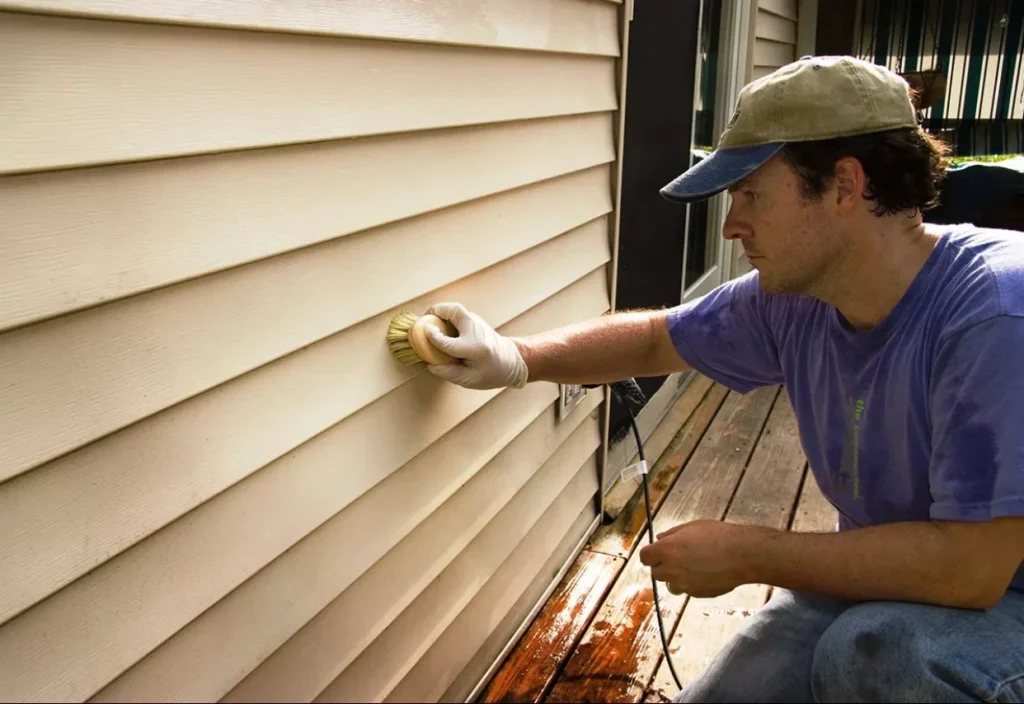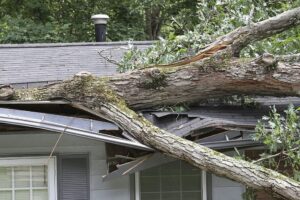As the leaves begin to turn and the air becomes crisp, fall brings a perfect opportunity for homeowners to prepare their homes for the upcoming colder months. One essential area that requires attention during this time is your home’s siding. Siding plays a critical role in protecting your home from the elements, ensuring energy efficiency, and enhancing curb appeal. Proper maintenance can help extend its life and avoid costly repairs in the future.
Here are essential fall siding maintenance tips to keep your home in top condition throughout the season.
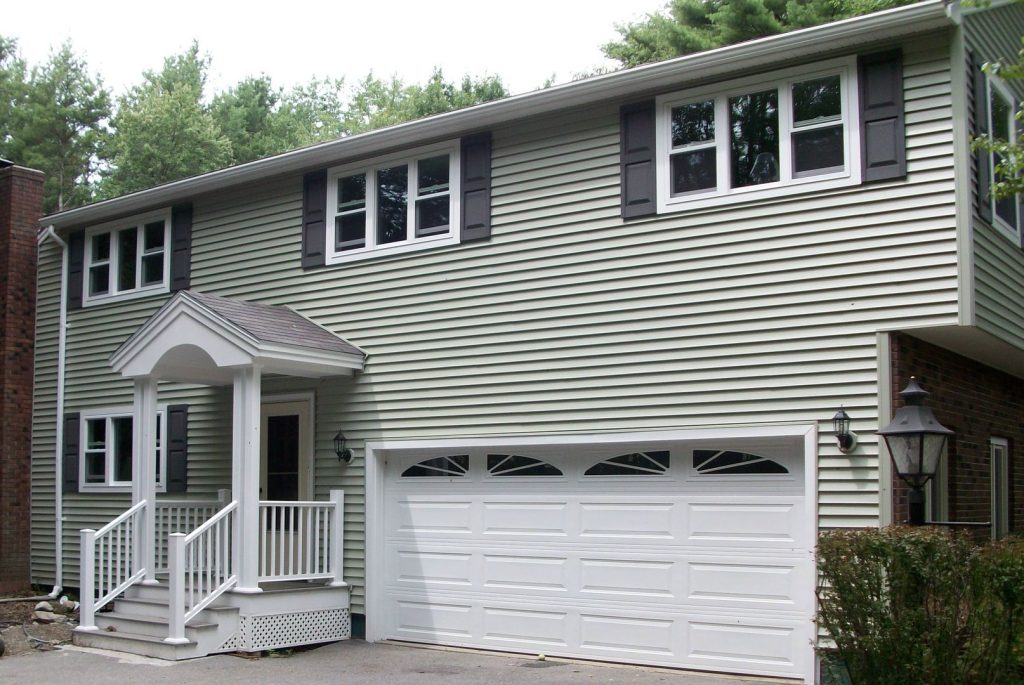
1. Inspect Your Siding Thoroughly
Start by walking around your home and inspecting your siding closely. Look for:
- Cracks or Gaps: These can let moisture seep into your home, potentially causing damage to the interior walls and insulation.
- Warping or Bulging: This may indicate water damage or underlying structural issues.
- Peeling Paint: For painted wood siding, peeling paint is a sign that the siding is no longer adequately protected.
- Mold or Mildew: These growths signal excess moisture and may lead to rot if left untreated.
Early detection of these problems can prevent minor issues from becoming major repairs.
2. Clean Your Siding
Fall is the ideal time to give your siding a thorough cleaning. A clean surface not only improves the aesthetic appeal but also removes dirt, mold, and mildew that can degrade the siding over time.
- Pressure Washing: Use a pressure washer on a low setting to clean vinyl or aluminum siding. Keep the nozzle at a safe distance to avoid damage.
- Mild Soap Solution: For wood siding, use a soft brush and a solution of water and mild detergent. Avoid harsh chemicals that may strip protective coatings.
- Focus on Problem Areas: Pay special attention to shaded areas where mold and mildew are more likely to grow.
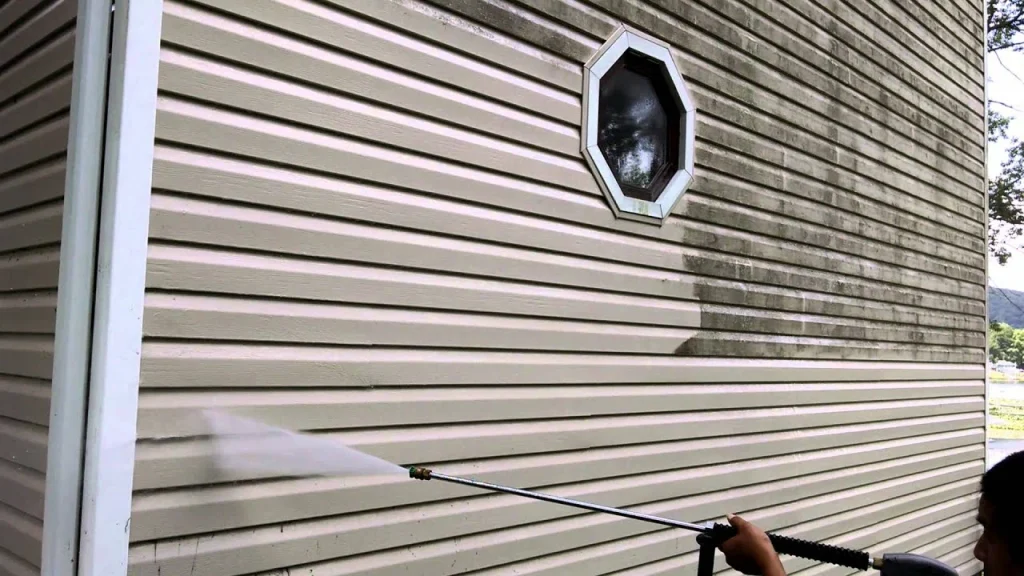
3. Check for Water Damage
Water damage can be particularly destructive to your siding. Look for:
- Stains or Discoloration: These are telltale signs of water infiltration.
- Soft Spots: Press gently on wooden siding to check for areas that feel spongy, as this could indicate rot.
- Rust on Metal Siding: Corrosion can weaken the structural integrity of the siding.
Address any water damage promptly by sealing gaps, repairing cracks, or replacing affected sections of siding.
4. Seal Cracks and Gaps
Fall is the perfect time to seal any cracks or gaps you identified during your inspection.
- Caulking: Use exterior-grade caulk to seal gaps around windows, doors, and siding seams. This helps keep out moisture and cold air.
- Expansion Gaps: If your siding includes expansion joints, ensure these are filled appropriately to allow for seasonal movement.
Proper sealing not only protects your siding but also improves your home’s energy efficiency.
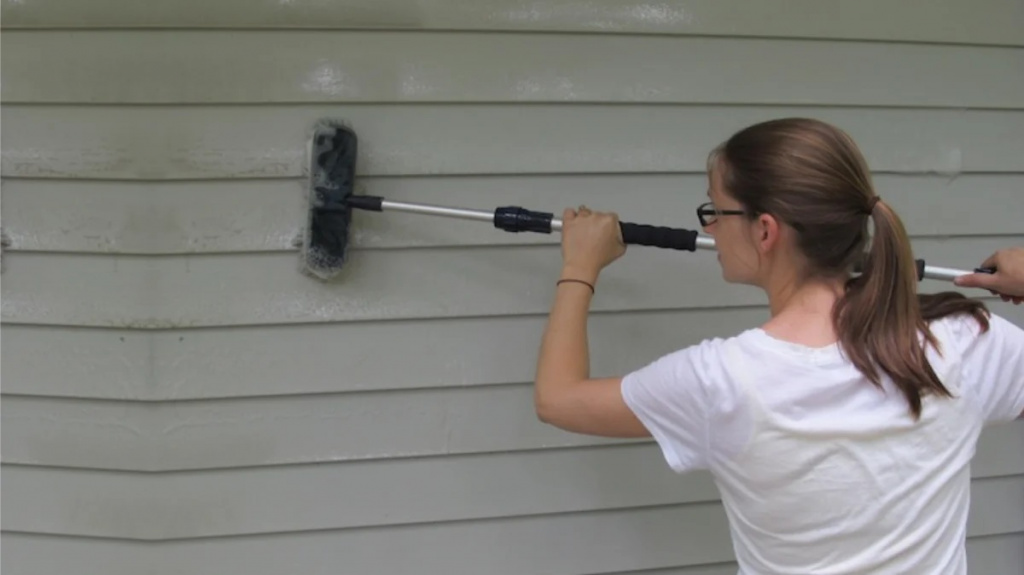
5. Paint or Stain as Needed
If your siding is painted or stained, fall is a great time to refresh its protective layer.
- Choose the Right Paint or Stain: Use products designed specifically for exterior surfaces.
- Check the Weather: Pick a stretch of dry days with moderate temperatures to ensure proper drying and curing.
- Clean and Sand First: Make sure the siding is clean and smooth before applying paint or stain for a long-lasting finish.
Regular repainting or staining protects your siding from weather damage and prolongs its lifespan.
6. Trim Nearby Vegetation
Overhanging branches and vines can cause significant damage to your siding.
- Trim Trees and Shrubs: Cut back any branches that are too close to the house. This prevents them from scratching or denting the siding during strong winds.
- Remove Climbing Vines: While they may look charming, vines can trap moisture against the siding and accelerate decay.
Maintaining a clear perimeter around your home allows your siding to breathe and minimizes the risk of damage.
7. Inspect Gutters and Downspouts
Your gutters and downspouts play a crucial role in protecting your siding by directing water away from your home.
- Clear Debris: Remove leaves, twigs, and other debris that can cause blockages.
- Check for Leaks: Ensure gutters and downspouts are securely attached and free of leaks.
- Extend Downspouts: Direct water at least three feet away from your foundation to avoid water pooling near the siding.
Functional gutters and downspouts prevent water from cascading down your siding, reducing the risk of water damage.
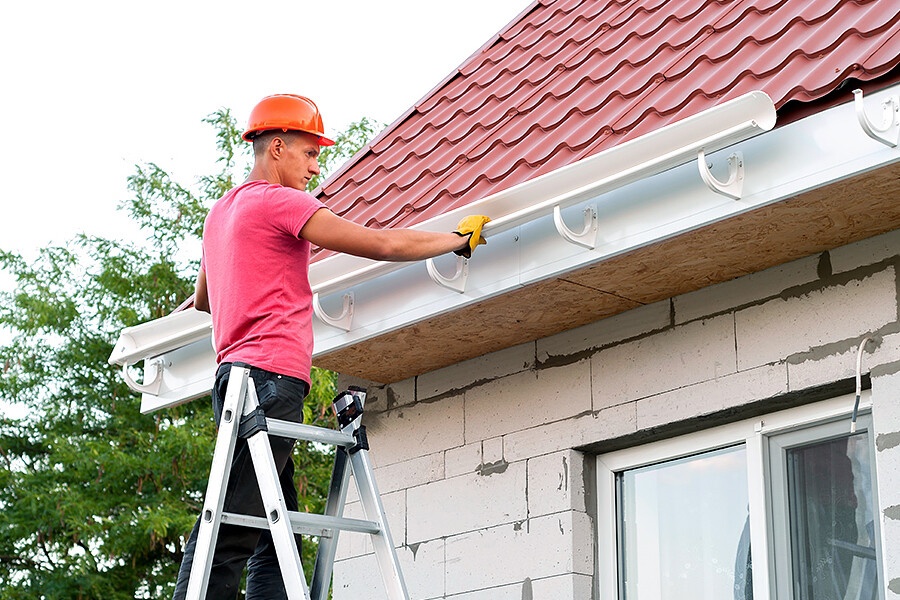
8. Repair or Replace Damaged Sections
Damaged siding can compromise your home’s protection against the elements. Fall is the time to:
- Patch Small Holes: Use a siding repair kit for minor issues.
- Replace Warped Panels: If sections of vinyl or wood siding are significantly damaged, replace them promptly.
- Consider Professional Help: For extensive damage, hire a professional to ensure the repairs are done correctly and match the existing siding.
9. Ensure Proper Insulation
Fall maintenance is incomplete without checking the insulation behind your siding.
- Add Insulation Where Needed: If your home feels drafty, it may be worth upgrading or adding insulation.
- Check Vapor Barriers: Ensure there are no tears in the vapor barrier, which protects against moisture buildup.
Good insulation not only keeps your home warm but also prevents moisture-related siding issues.
10. Prepare for Winter Weather
Fall is your last chance to ready your siding for the harsh winter conditions.
- Install Storm Siding, if Necessary: In regions prone to severe weather, consider adding temporary storm siding for extra protection.
- Inspect Weatherstripping: Ensure windows and doors are properly sealed to prevent drafts and moisture intrusion.
- Cover or Shield Vulnerable Areas: Use protective coverings for areas more exposed to snow and ice.
Conclusion
At Atlas Roofing & Restorations, we know that taking the time to maintain your siding in the fall is key to ensuring your home is well-protected during the colder months. By following essential tips like inspecting for damage, cleaning, sealing, painting, and addressing issues promptly, you can extend your siding’s lifespan, enhance your home’s curb appeal, and avoid expensive repairs.
With just a little effort now, your home will stay secure, energy-efficient, and ready to withstand whatever the fall and winter seasons bring.

